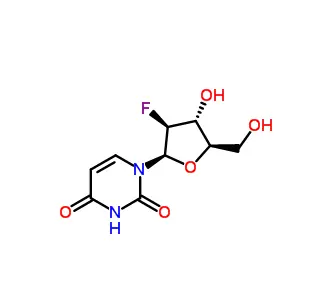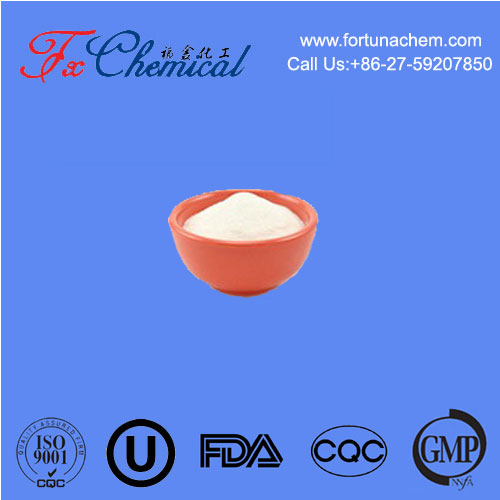
Search

Search

Pancreatic protease is an enzyme. Pancreatic proteases work in the small intestine and hydrolyzes proteins into peptides, which are further broken down into amino acids. This is a necessary process for protein absorption in the human body. The mechanism of action of these enzymes is similar to that of other serine proteases. The optimal pH value for pancreatic proteases is about 8, and the temperature is about 37°C.
Pancreatic protease is a crystalline powder extracted and purified from the pancreas of cows, pigs, and sheep, and then made into a freeze-dried preparation. It is soluble in water and insoluble in organic solvents such as chloroform, ethanol, and ether. At pH 1.8, it is almost not inactivated after short-term boiling; when heated in an alkaline solution, it is denatured and precipitated. Ca2+ has a protective and activating effect, and the isoelectric point of pancreatic proteases is pH 10.1.
The original bovine pancreatic protease was composed of 229 amino acids, including 6 pairs of disulfide bonds, and its amino acid sequence and crystal structure have been elucidated. Under the action of intestinal kinase or self-catalysis, the peptide bond between the N-terminal lysine and isoleucine residues of the enzyme precursor is hydrolyzed, generating active pancreatic protease.
Pancreatic proteases specifically act on the peptide bonds composed of basic amino acids lysine and arginine carboxyl groups. The enzyme itself is easily self-dissolved and converted from β-pancreatic proteases to α-pancreatic proteases, further degraded to pseudopancreatic proteases, fragments, and gradually loses activity.
In addition to vertebrates, it also exists in a wide range of organisms such as silkworms, sea urchins, rhubarb, and actinomycetes. In addition, coagulation factors, fibrinolytic enzymes, and kinins related to blood clotting and inflammation in higher animals have close chemical structure and specificity with pancreatic protease, indicating that these enzymes have evolved from a common ancestor enzyme. Pancreatic chymopancreatic protease and elastase have a close relationship in structure and catalytic mechanism, but their specificity is completely different.
Pancreatic protease is a protein hydrolytic enzyme extracted from cow, sheep, or pig pancreas. Chinese drug standards stipulate that the potency of each 1mg should not be less than 2500 units on a dry product basis. It is a peptide chain-severing enzyme obtained by extracting the pancreas of cows, sheep, and pigs, which only breaks the carboxyl groups formed by lysine or arginine in the peptide bond.
The response of different tissues or cells to pancreatic protease's actions is different. The activity of pancreatic proteases in dispersing cells is also related to its concentration, temperature, and action time. When the pH is 8.0 and the temperature is 37°C, the activity of pancreatic proteases solution is strongest. When using pancreatic proteases, the concentration, temperature, and time should be controlled to avoid over-digestion and cell damage. Ca2+, Mg2+, serum, and proteins can reduce pancreatic proteases activity. To terminate digestion, a serum culture medium or pancreatic protease inhibitor can be used to terminate pancreatic protease's effect on cells.

Quick Links
Add:
E-mail:
 English
English  Español
Español  français
français  العربية
العربية 


